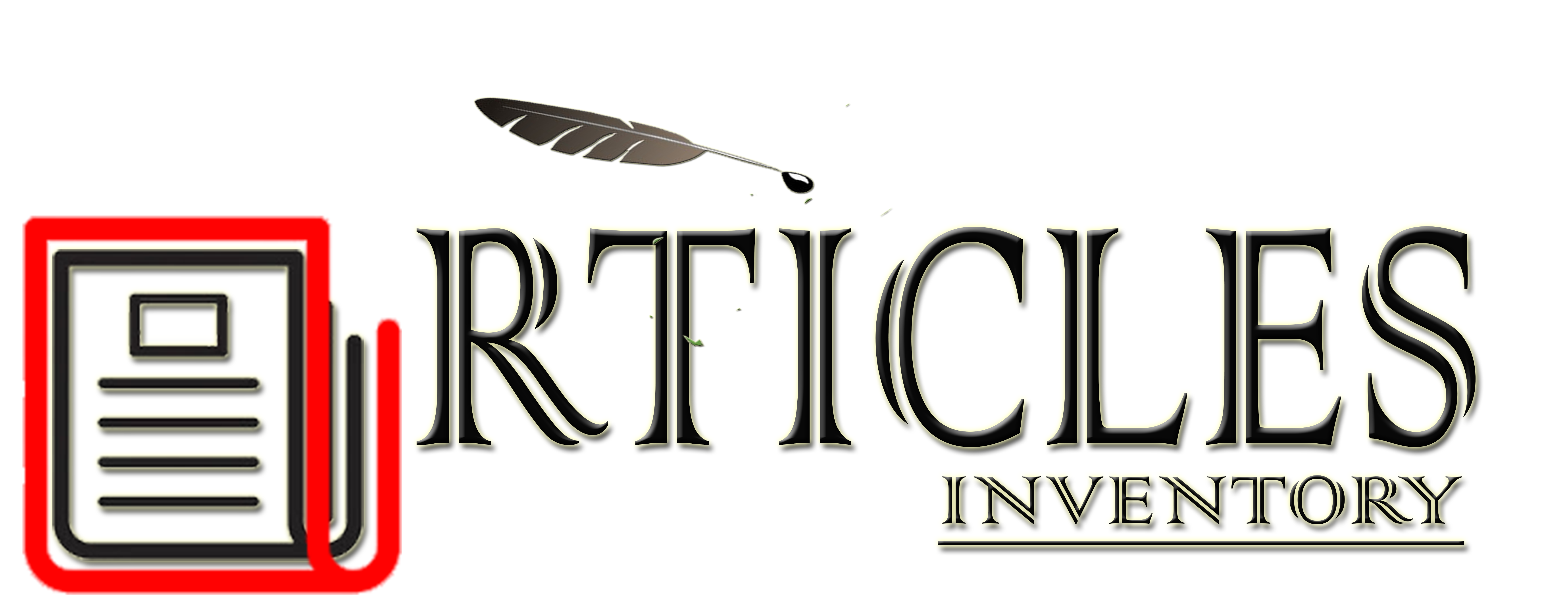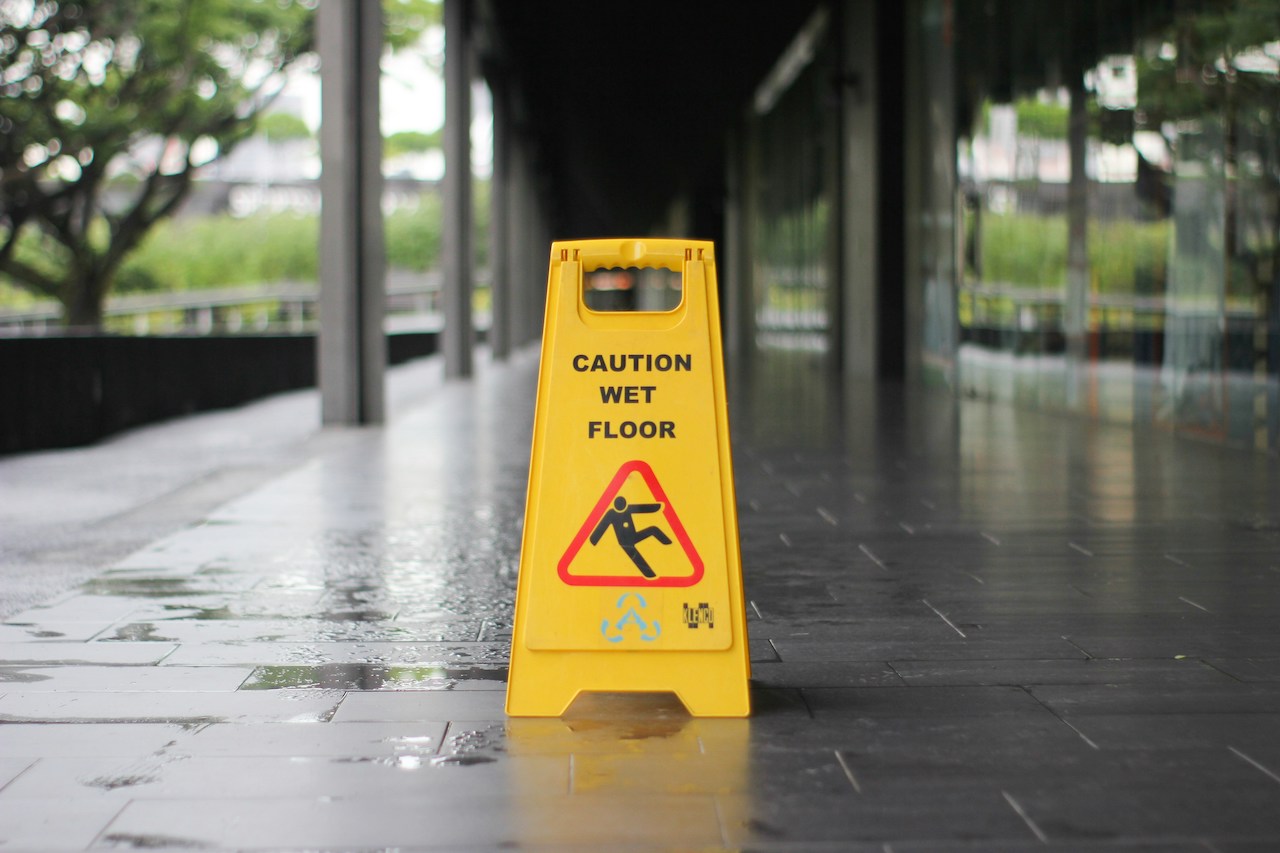Avoiding Trip and Fall Claims: Why Routine Sidewalk Inspections Matter for Property Owners
In addition to serving as pedestrian routes, sidewalks are an essential component of both property safety and liability. The state of the sidewalks next to a property can make the difference between a safe environment and potentially expensive trip and fall claims for property owners. Frequent inspections aid in the early detection of risks, enabling prompt repairs and risk reduction. In addition to protecting pedestrians, this also protects property owners from financial and legal repercussions.
Initiatives like sidewalk installation programs and maintenance requirements highlight the value of routine inspections in places like New York, where there is a lot of foot traffic and stringent property restrictions. Furthermore, elements like patio pavers need to be maintained properly to provide level, sturdy surfaces that reduce the risk of accidents.
1. Property Owners’ Legal Obligations
Property owners are required by law to keep the sidewalks next to their properties in a fairly safe state in several jurisdictions, including New York City. This requirement applies to cracks, uneven surfaces, fractured slabs, and other flaws that can present a trip hazard. Liability for injuries received on the property may arise from a failure to maintain and repair the walkway on a regular basis.
Liability problems may also arise from sidewalk installation or maintenance carried out without the required permits or inspections. To avoid trip risks and related claims, it is essential to make sure that patio pavers and concrete walkways are installed or maintained in accordance with local building requirements.
2. The Value of Regular Inspections of Sidewalks
Regular sidewalk inspections allow for the early identification of typical problems like sunken slabs, deteriorated patio paver joints, elevated areas brought on by tree roots, and cracked concrete slabs. Ideally, these visual and physical assessments should take place every three months or following severe weather conditions. Proactively recognizing and resolving issues lowers the chance of mishaps and facilitates effective repair prioritization.
Expert sidewalk inspectors offer thorough assessments that distinguish between places that should be maintained on a regular basis and those that require immediate repair. This methodical technique aids property owners in efficiently allocating their budgets and exhibiting due diligence in averting mishaps.
3. The Significance of Proper Sidewalk Installation for Safety
Installing sidewalks correctly creates the groundwork for long-term safety. Stronger, more level surfaces that are resistant to weathering and ground movement are ensured by using premium materials and techniques, whether for decorative patio pavers or concrete slabs. To avoid water pooling, cracking, and displacement, installation must comply with local requirements pertaining to slope, drainage, and material thickness.
Inadequate or hurried sidewalk construction frequently results in uneven walkways and early deterioration, which raises property owners’ liability. When combined with initial correct installation, routine inspections can greatly increase sidewalk longevity and lower maintenance costs.
4. Handling Replacements and Repairs
Timely fixes are crucial when inspections reveal dangers. Patching or resetting patio pavers or concrete can fix minor cracks or displacement problems, but complete slab replacement may be necessary for more serious structural problems. Maintaining consistent surfaces throughout repairs lowers the chance of trips and falls.
Property owners should make sure that licensed, skilled contractors who are knowledgeable about local laws and the NYC Department of Transportation’s (DOT) permit and specification requirements are performing repairs on sidewalk installations.
5. Using Proactive Management to Reduce liability
Property owners demonstrate competent management and lower their liability exposure by conducting regular sidewalk inspections and swiftly fixing any issues. This lessens the possibility of neglect-related trip and fall claims. In addition to offering legal protection, documentation of inspections and repairs shows that efforts have been made to maintain public safety.
Delays in addressing sidewalk dangers put cities like New York City and others at risk for infractions, tickets, and even expensive legal action. It is both a good business practice and a public service to protect pedestrians by implementing proactive sidewalk safety measures.
Avoid Trip and Fall Allegations by Being Watchful
In order to help property owners maintain accessible and safe sidewalks, routine sidewalk inspections are essential. Good sidewalk installation techniques and routine upkeep of surfaces such as patio pavers create conditions that lower the likelihood of accidents and legal issues. Everyone—building owners, guests, and the larger community—is protected from avoidable injuries and liabilities by staying ahead of inspections, repairs, and compliance.
Property owners can create safer urban areas and prevent the financial and reputational harm caused by trip and fall claims by placing a high priority on routine inspections and prompt repairs.




